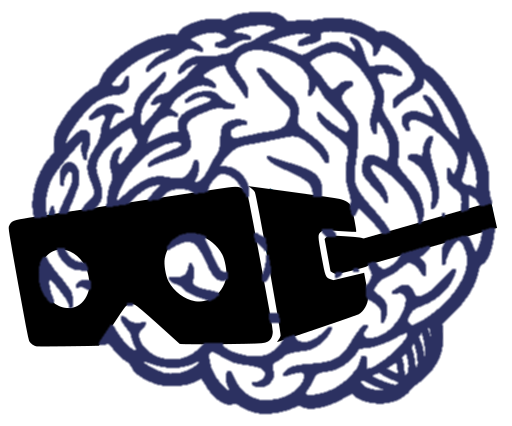Abstrakt
Objectives: Cognitive deficit is considered to be a characteristic feature of schizophrenia disorder. A similar cognitive dysfunction was demonstrated in animal models of schizophrenia. However, the poor comparability of methods used to assess cognition in animals and humans could be responsible for low predictive validity of current animal models. In order to assess spatial abilities in schizophrenia and compare our results with the data obtained in animal models, we designed a virtual analog of the Morris water maze (MWM), the virtual Four Goals Navigation (vFGN) task. Methods: Twenty-nine patients after the first psychotic episode with schizophrenia symptoms and a matched group of healthy volunteers performed the vFGN task. They were required to find and remember four hidden goal positions in an enclosed virtual arena. The task consisted of two parts. The Reference memory (RM) session with a stable goal position was designed to test spatial learning. The Delayed-matching-to-place (DMP) session presented a modified working memory protocol designed to test the ability to remember a sequence of three hidden goal positions. Results: Data obtained in the RM session show impaired spatial learning in schizophrenia patients compared to the healthy controls in pointing and navigation accuracy. The DMP session showed impaired spatial memory in schizophrenia during the recall of spatial sequence and a similar deficit in spatial bias in the probe trials. The pointing accuracy and the quadrant preference showed higher sensitivity toward the cognitive deficit than the navigation accuracy. Direct navigation to the goal was affected by sex and age of the tested subjects. The age affected spatial performance only in healthy controls. Conclusions: Despite some limitations of the study, our results correspond well with the previous studies in animal models of schizophrenia and support the decline of spatial cognition in schizophrenia, indicating the usefulness of the vFGN task in comparative research.

